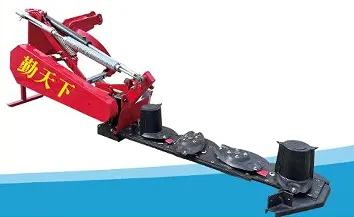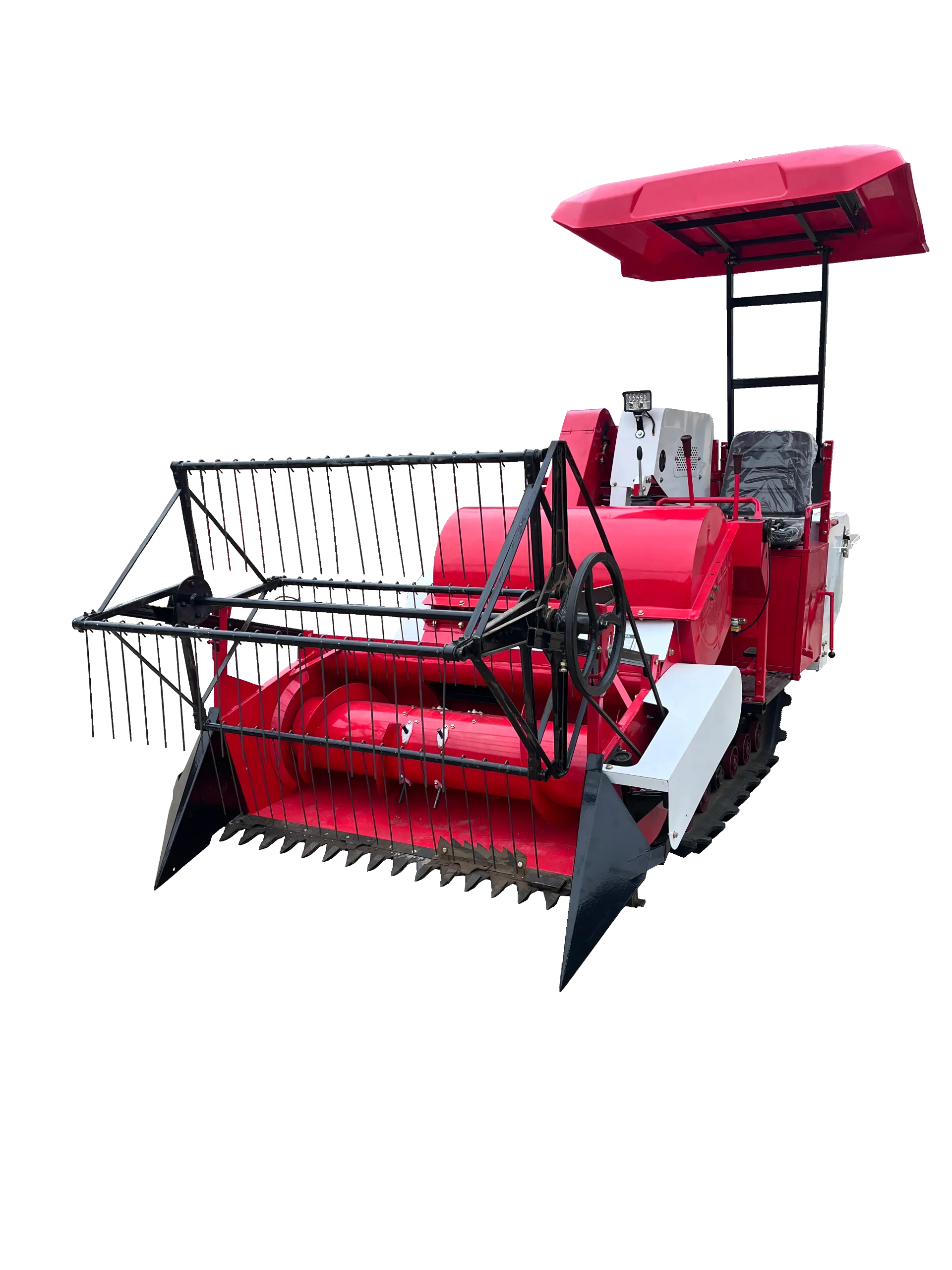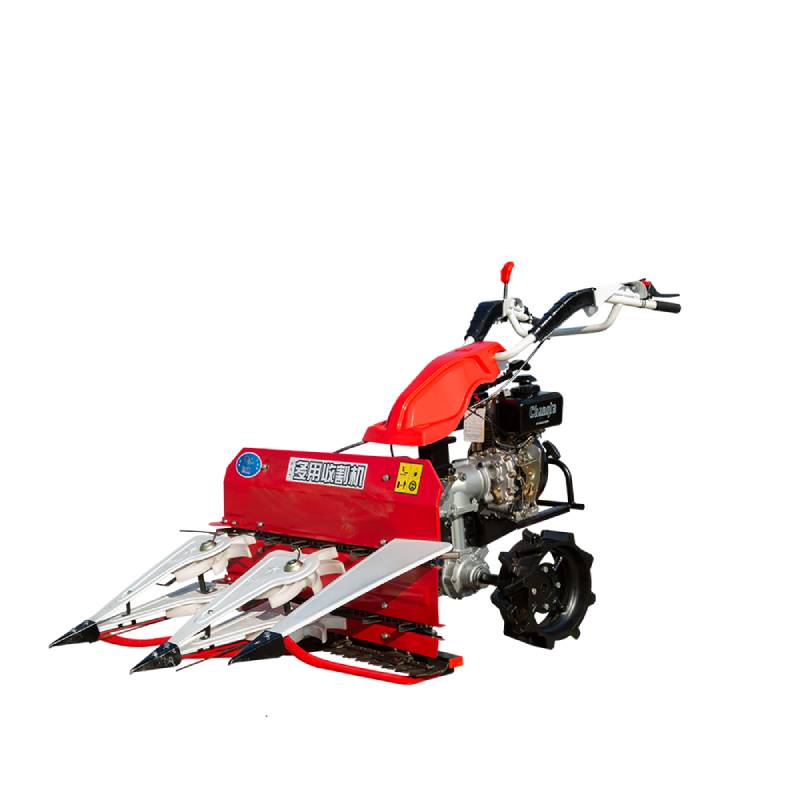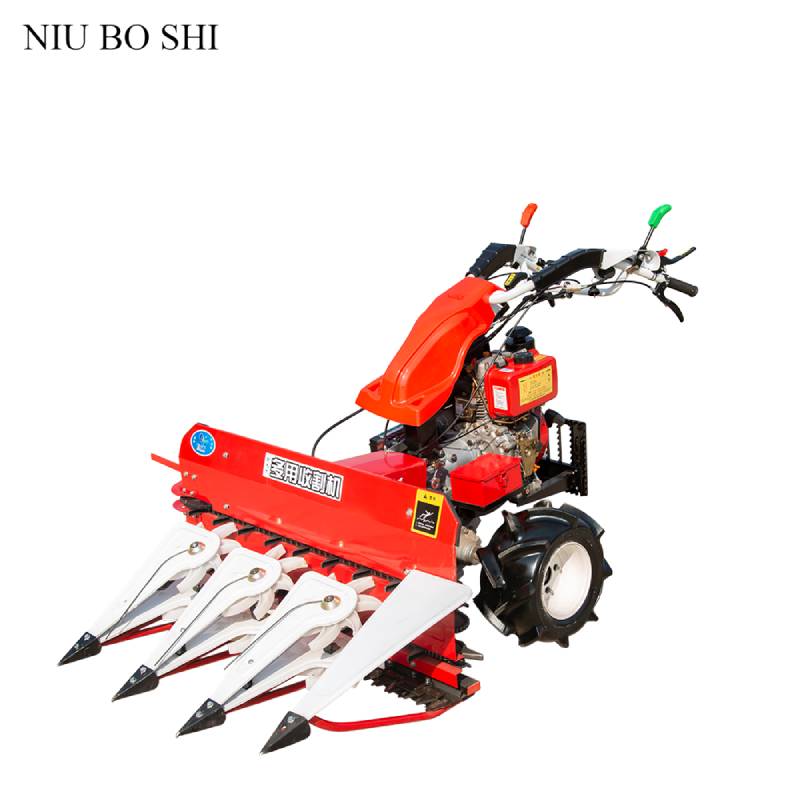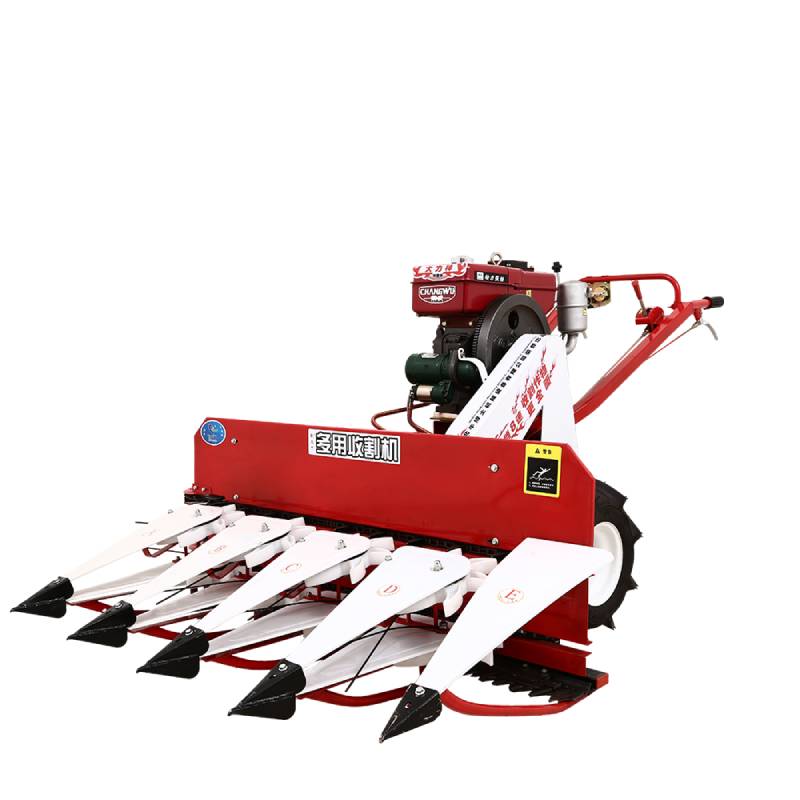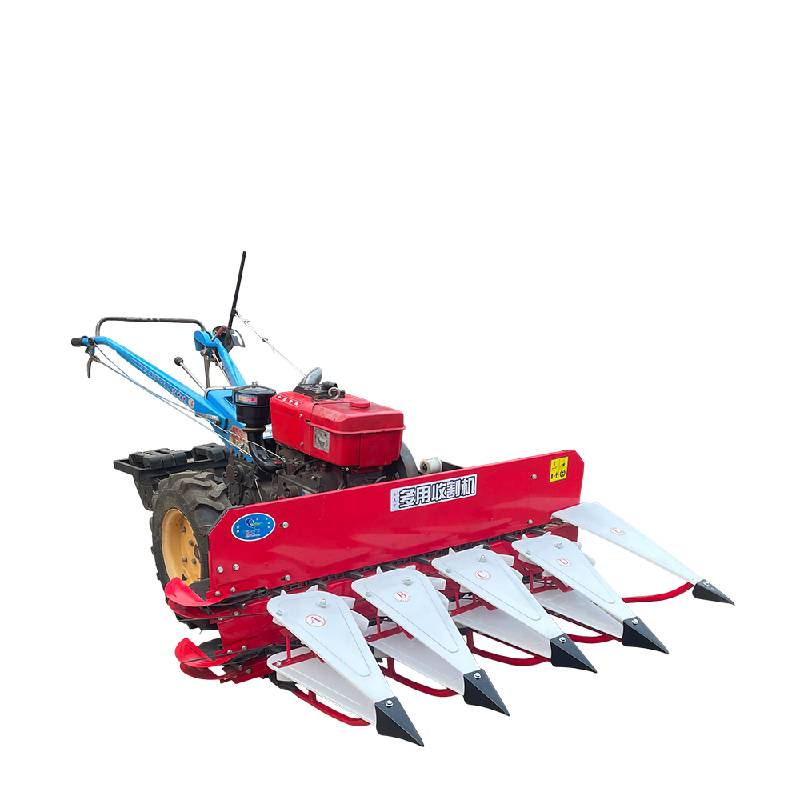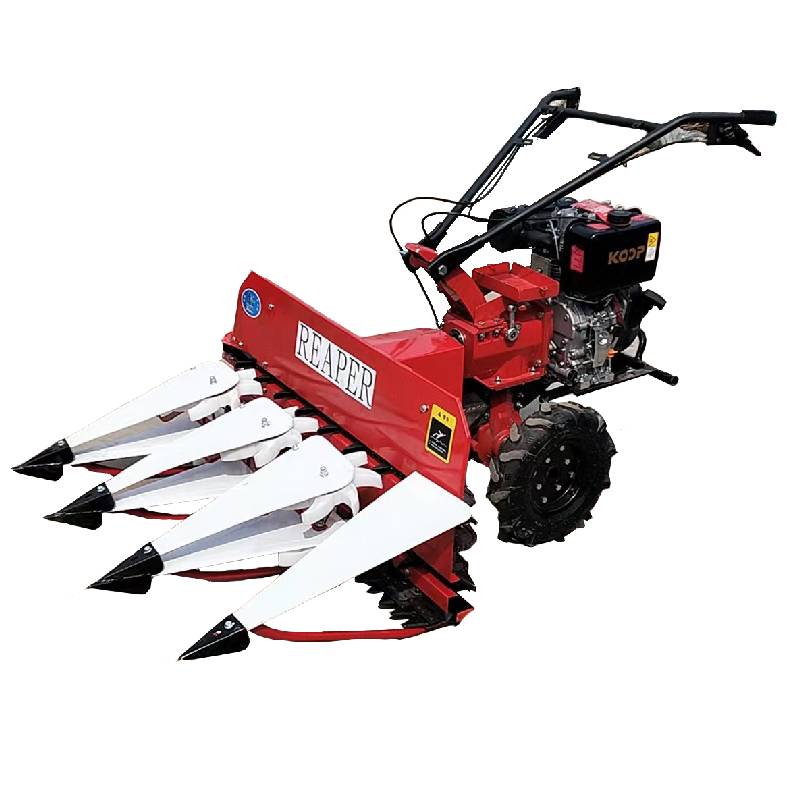Innovative Rice Harvesting Technologies Combining Reaping and Binding for Enhanced Efficiency and Productivity
The Evolution and Impact of Rice Reapers and Binders in Agricultural Practices
Rice is a staple food for more than half of the world's population, and its cultivation has been a crucial aspect of agricultural practices in many regions, especially in Asia. Over the years, the technology and equipment used in rice harvesting have evolved significantly, with rice reapers and binders playing a pivotal role in increasing efficiency and productivity.
The traditional methods of rice harvesting involved manual labor, which was labor-intensive and time-consuming. Farmers would use sickles to cut the rice plants, bending over and making repetitive motions for hours. This method not only exhausted the labor force but also limited the amount of rice harvested within a given time frame. As populations grew and the demand for rice surged, there was an urgent need for more efficient harvesting methods.
The Evolution and Impact of Rice Reapers and Binders in Agricultural Practices
As technology progressed, rice reapers evolved into more sophisticated machines. Modern rice reapers are often equipped with powerful engines and advanced cutting mechanisms that allow them to function in various terrains and weather conditions. These machines can maintain higher cutting speeds and are equipped with features that minimize crop loss. Additionally, the introduction of self-propelled rice reapers has made it easier for farmers to operate these machines efficiently without external help.
rice reaper and binder

Alongside rice reapers, rice binders have emerged as essential tools in the harvesting process. Rice binders are machines that not only cut the rice plants but also bind them into sheaves. This dual-functionality saves time and labor, as farmers no longer need to gather and bind the cut stalks by hand. The use of binders ensures that the harvested rice is neatly organized, making it easier to transport and store for further processing.
The impact of rice reapers and binders extends beyond mere efficiency. By mechanizing the harvesting process, these tools have helped address labor shortages, particularly in rural areas where rural youth may opt for urban migration in search of better employment opportunities. Mechanization has also allowed for a shift in farming practices; more farmers are transitioning towards larger-scale operations, enabling them to produce higher yields to meet the growing global demand for rice.
Despite these advantages, the transition to mechanized harvesting comes with challenges. The initial investment in equipment can be significant, making it difficult for small-scale farmers to adopt this technology. Moreover, the reliance on machinery can lead to job displacement for seasonal laborers who traditionally engaged in manual harvesting. Therefore, it is essential for policymakers to develop support systems, such as subsidies or training programs, to help small farmers integrate these technologies while ensuring that displaced laborers can find alternative employment opportunities.
In conclusion, rice reapers and binders represent a significant leap in agricultural technology, transforming the way rice is harvested. While they offer numerous benefits in terms of efficiency and productivity, careful consideration must be given to the socio-economic implications of mechanization in agriculture. As the world continues to seek solutions to food security and sustainable farming practices, the evolution of harvesting technology will undoubtedly play a vital role in shaping the future of agriculture.
Latest news
-
When to Upgrade Your Old Forage HarvesterNewsJun.05,2025
-
One Forage Harvester for All Your NeedsNewsJun.05,2025
-
Mastering the Grass Reaper MachineNewsJun.05,2025
-
How Small Farms Make Full Use of Wheat ReaperNewsJun.05,2025
-
Harvesting Wheat the Easy Way: Use a Mini Tractor ReaperNewsJun.05,2025
-
Growing Demand for the Mini Tractor Reaper in AsiaNewsJun.05,2025

